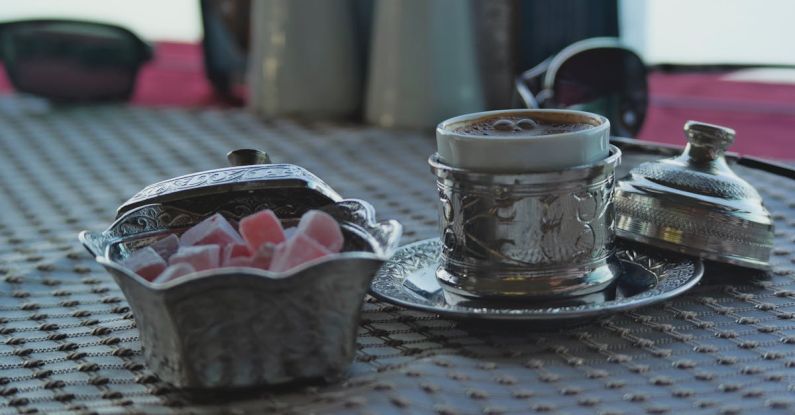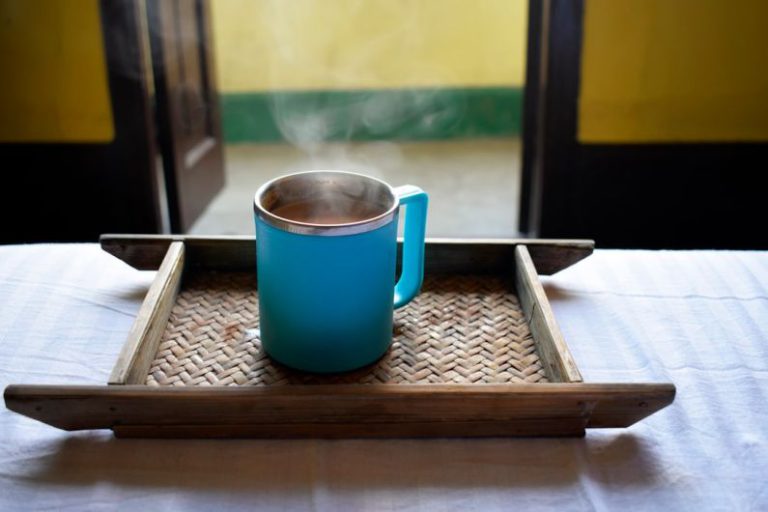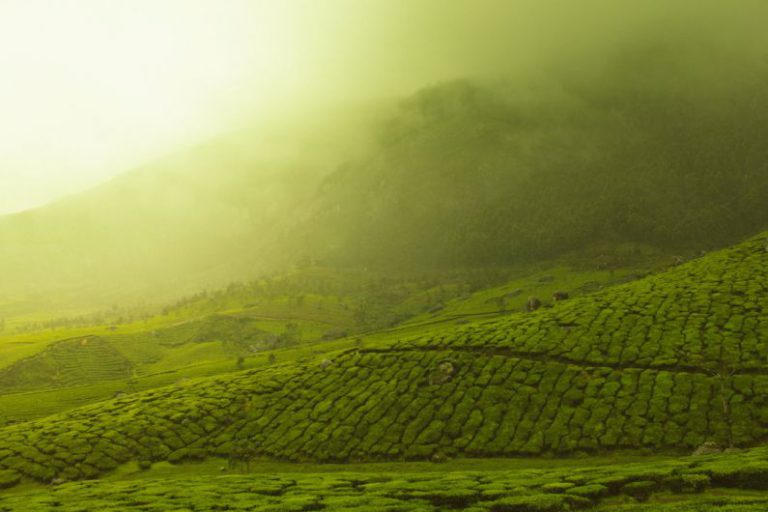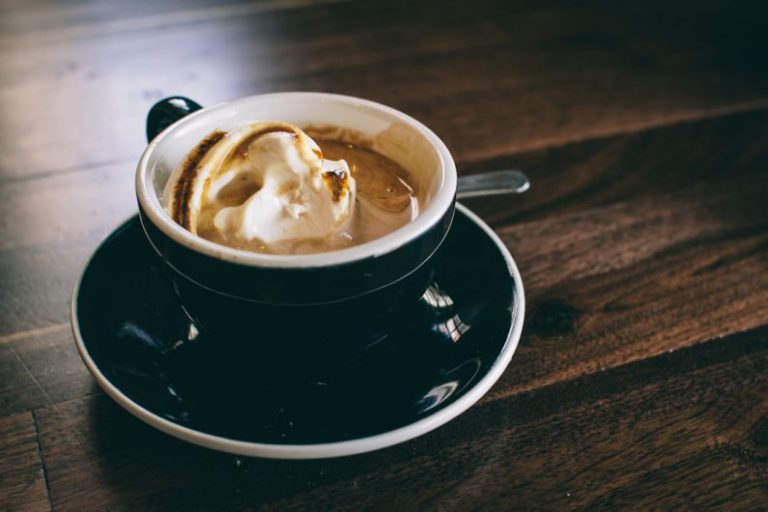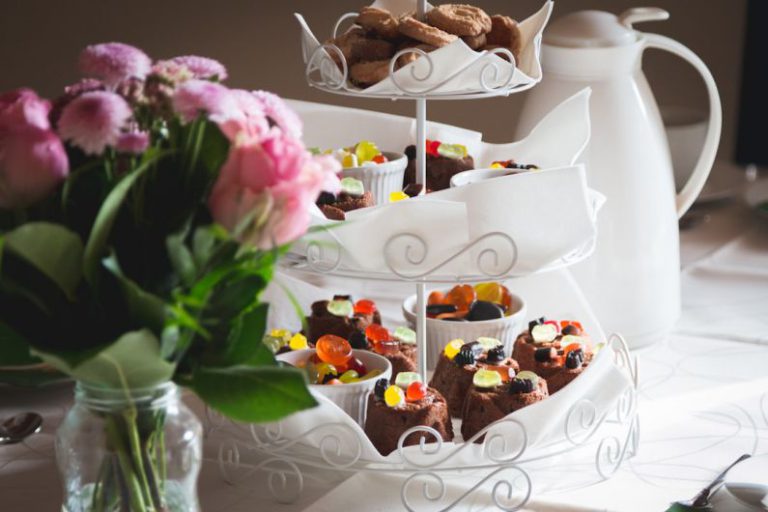Tea Caddies: a History of Storing Tea Leaves
Tea, a beloved beverage enjoyed by millions worldwide, has a rich history that spans centuries. The ritual of tea drinking is steeped in tradition and culture, with various customs and practices evolving over time. One key aspect of tea culture is the storage of tea leaves, which has been facilitated by the use of tea caddies. These decorative containers not only serve a practical purpose in preserving the freshness of tea but also reflect the artistry and craftsmanship of different eras and cultures.
Origins of Tea Caddies
Tea caddies have a long and storied history, dating back to the 17th century when tea first gained popularity in Europe. Initially, tea was a luxury commodity imported from China, and its high cost made it a status symbol among the elite. To safeguard this precious commodity, tea caddies were developed as a means to store and protect tea leaves from moisture and air, preserving their flavor and aroma.
Materials and Designs
Tea caddies come in a variety of shapes, sizes, and materials, reflecting the cultural influences and craftsmanship of the regions where they were produced. In England, during the 18th and 19th centuries, tea caddies were often made of wood, such as mahogany, rosewood, or satinwood, and adorned with intricate inlaid designs or painted decorations. These caddies were not only functional but also served as decorative pieces that added elegance to the tea-drinking ritual.
In China and Japan, tea caddies were crafted from ceramic, porcelain, or lacquer, reflecting the traditional craftsmanship of these cultures. Elaborately decorated with hand-painted motifs or intricate designs, these tea caddies were prized for their beauty and artistry. In Japan, tea caddies were an essential part of the Japanese tea ceremony, known as chanoyu, where they were used to store powdered matcha tea.
Evolution of Tea Caddies
As tea-drinking spread throughout the world, tea caddies evolved to meet the changing tastes and preferences of consumers. In the 19th century, as tea became more affordable and accessible to the general population, tea caddies became more standardized in design and materials. Tin caddies with airtight lids became popular for storing loose-leaf tea, while decorative caddies made of glass or porcelain were used for displaying tea bags.
Modern Tea Caddies
Today, tea caddies continue to be popular among tea enthusiasts who appreciate the ritual and ceremony of tea drinking. Modern tea caddies come in a range of styles and materials, from traditional wooden caddies to sleek metal containers and colorful ceramic jars. Some tea caddies are designed with built-in compartments for storing different varieties of tea, while others feature intricate patterns and motifs inspired by traditional designs.
The Future of Tea Caddies
Despite the convenience of modern tea packaging, tea caddies remain a timeless and elegant way to store and display tea leaves. As consumers become more conscious of sustainability and eco-friendly practices, there is a growing trend towards reusable and refillable tea caddies that reduce waste and promote a more mindful approach to tea consumption. With their blend of functionality and beauty, tea caddies are sure to remain an enduring symbol of the art and culture of tea drinking for generations to come.
